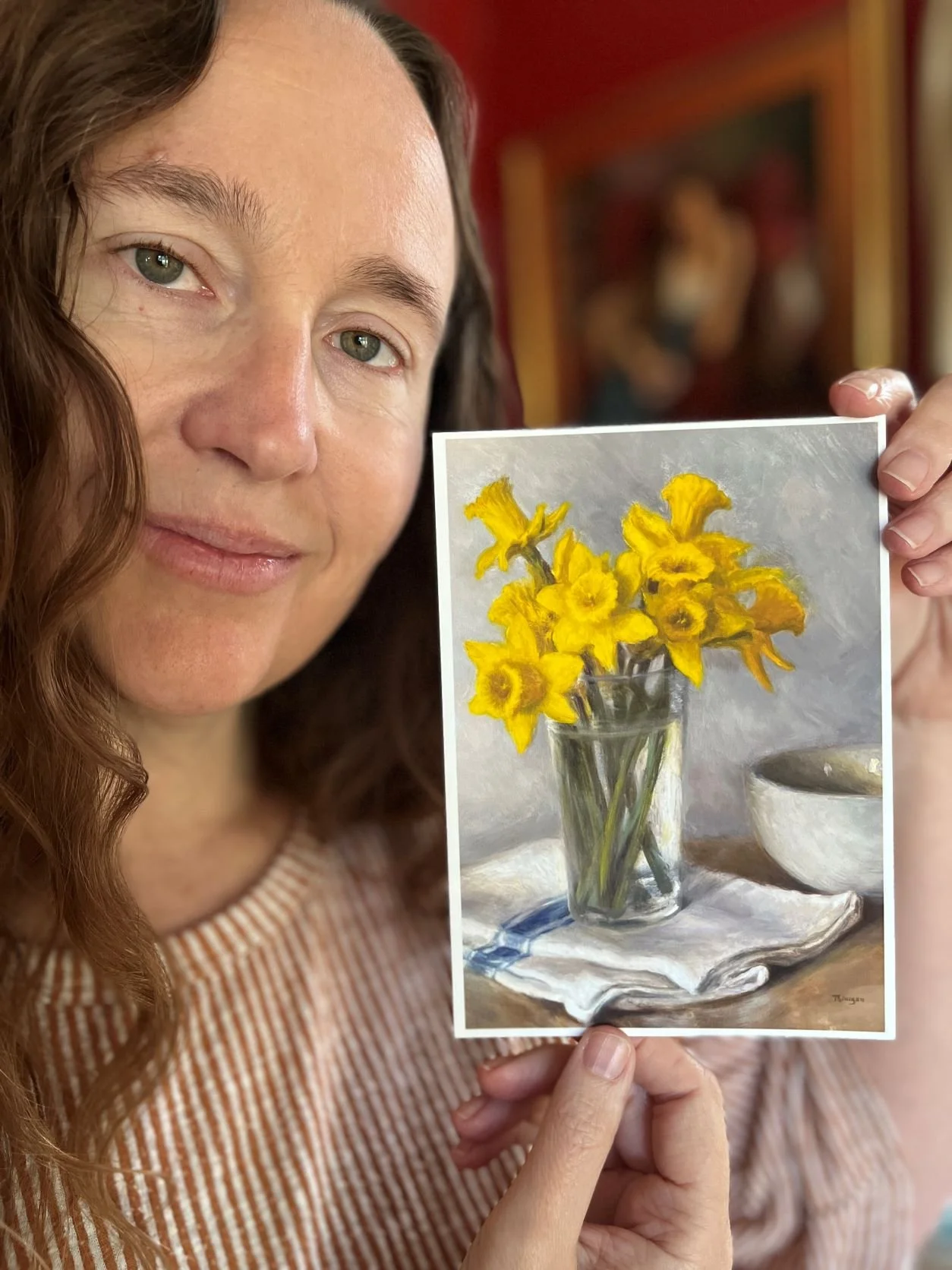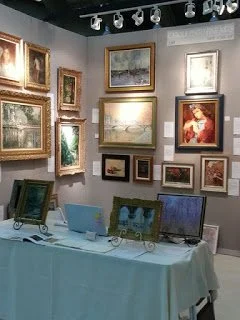THIMGAN HAYDEN’S BLOG
Tag
- Arnold Bocklin 1
- Art Residency 1
- Artegiro 1
- Artsy Life Community 1
- Autumn 1
- Beauty in Art 1
- Big Magic 1
- Books 2
- Calcium Carbonate 1
- Catholic Bishop 1
- Cezanne 2
- Commissions 1
- Georgette Heyer 1
- How-to Video 1
- I Capture the Castle 1
- Inness 1
- Island of the Dead 1
- Italy 3
- Michigan plein-air 2
- Montefiascone 1
- Night Landscapes 1
- Open Studio Plans 1
- PICCOLOs 1
- Painting in Florence 1
- Pierce Cedar Creek Institute 1
- Poetry 2
- Portrait Projects 4
- Pre-Raphaelites 1
- Provence 1
- Rebecca Harp 1
- Watercolor 1
- Why Collect Art? 2
- William Nicholson 1
- about me 1
- about prints 1
- art and life 1
- art business 3
- art trips 2
- black mirror 1
- books 1
- canvas 1
- classical motifs 1
- collecting art 1
- creativity 3
- fall 1
- favorite painters 4
- floral 3
- florals 2
- giclee 1
- gouache 1
What’s the difference between an original, print, reproduction and giclee?
What’s a giclee? A giclee (pronounced ‘zhee-clay, it’s French) is an archival quality reproduction or print.
Giclees use ink printing machines instead of toner. It’s a more expensive process, but often yields richer, more nuanced color that may match the original art better.
What's the Story Behind Thimgan’s Art?
I enjoy reading about the lives of artists and finding interesting intersections in their lives and social circles. Take the Pre-Raphaelites or Impressionists (any school of art) and we discover painters, sculptors, poets, writers and musicians who mingled and influenced one another.
By owning a Thimgan Hayden original, you are participating in an art lineage, a provenance story, that will outlive us both.
What Every Painter Wants
In this case, Leeanne Seaver (Wonder Woman of word and camera) is a dear friend and wrote this beautiful blog post, the sky inside, linked about the making and new life of her Scottish gloaming painting, ‘Wolfy’s Sunset’.
if you’re as fascinated as I am with the powerful relationships that can happen because of art and how creativity can knit us together, then please jump to Leeanne’s blog post. You’ll enjoy it. But do me a favor and pretend I’m not wearing Crocs.
The Simple Guide to Art Collecting
Original art will outlive both the collector and the maker. Since the dawn of time, people have had the compulsion to create art and organize their life experiences into “story” through pictures, poetry, music, and a variety of narrative forms. I’ve stood in front of pieces and wept unexpectedly….
Small Paintings for the Holidays
Special price opportunities, a bit about Sir William Nicholson, and digital marketing- all strangely in one blog post!
More ways to share art you love!
Sharing the love of making and selling representational painting- all over the world.
Art Collecting with Carole Pinto Fine Arts
Assembling a Collection in France by Carole Pinto
My inspiration for this article came after one too many strangers
exclaimed, upon learning that I am an art dealer, “I’d love to
buy art, but I can’t afford it!”
ON MY TRIP TO AN ANTIQUES SHOW IN BALTIMORE AND WYETH COUNTRY
Inside three days, I whisked through hundreds of booths of amazing art, saw some favorite pieces in the Cleveland Museum of Art, and visited the Brandywine River Museum, as well as an a tour of Andrew Wyeth’s studio which he used until his death in 2009, if I understood correctly. The Brandywine River setting alone was breathtaking…some pastorals will come out of what I saw there.









